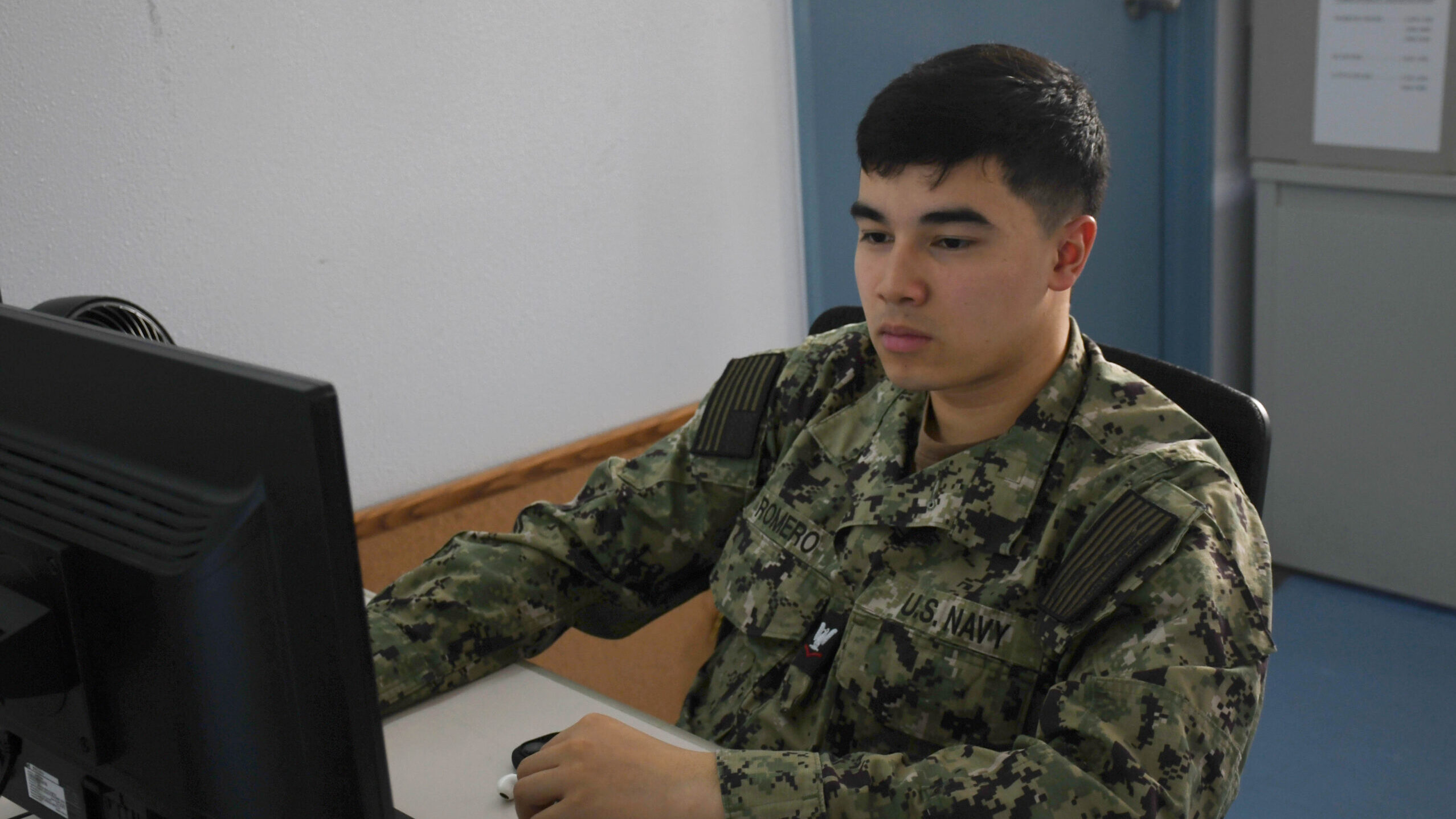
WASHINGTON — Rising software firm Picogrid has integrated its Legion software, designed as a “universal translator” between previously incompatible systems, into Palantir’s Maven Smart System, a widely used military AI platform that pulls in data from a wide variety of sensors.
The two systems’ ability to work together in real-life conditions was field-tested at one of the Scarlet Dragon interservice exercises hosted by the XVIII Airborne Corps at Fort Bragg, the company said in a press release, where “Picogrid and Palantir jointly demonstrated real-time data streaming from field-deployed sensors and drones into MSS.”
Picogrid’s technology is important because the Pentagon is betting heavily on globe-spanning, AI-enhanced, multi-domain command networks, but a lot of its older “legacy” systems can’t even talk to each other, let alone some futuristic super-brain.
“Our focus has always been on breaking down data silos,” said CEO Zane Mountcastle in a press release shared with Breaking Defense. “By connecting Legion’s rich, real-time data streams directly into Maven’s powerful analytics engine, we’re giving commands the fastest, most complete picture of the battlefield.”
Picogrid’s partnership with Palantir comes after three years of quietly racking up contracts, including with the Space Force, Air Force, and Army, as well as work in Ukraine, and just a week after Picogrid announced a partnership with an even larger prime, Northrop Grumman, whose annual defense revenues are estimated at the fourth largest in the world. Northrop’s investing in modular open architecture designs that let different companies plug-and-play their software into a single system — as long as they meet shared technical standards, which legacy systems rarely do. That’s particularly problematic in counter-drone defense, which requires sharing targeting data amongst a wide assortment of different radars, acoustic sensors, guns, missiles launchers, and energy weapons. So on Sept. 25, Picogrid announced it would integrate Legion into Northrop’s AI-powered counter-drone command system, AiON.
Getting previously incompatible legacy systems to communicate in a common, modern digital language requires a lot of painstaking engineering work, said Picogrid co-founder Martin Slosarik. But, he explained to Breaking Defense, recent advances in AI allow each engineer to do more work in months than they previously could do in a year.
The Picogrid team now uses Large Language Models (LLMs) to analyze masses of detailed technical documents, Slosarik said, and trained an LLM to answer engineers’ questions about, for example, the Army’s open source Integrated Sensor Architecture. The LLMs can even write some of the required code, he said, but the AI is still only as good as an entry-level engineer, so it needs a lot of human handholding on its way to a usable product.
Once Picogrid’s humans and AIs have cracked the code on a given legacy system, Slosarik said, they build hardware and software add-ons that let it communicate using modern, standardized protocols and APIs (Application Programming Interfaces). That gives each system a common language not only with other Picogrid-upgraded systems but with any number of modern command-and-control systems, such as the widely used ATAK. Picogrid can end up replacing multiple bulky boxes of legacy tech with a single streamlined unit, Slosarik said.



